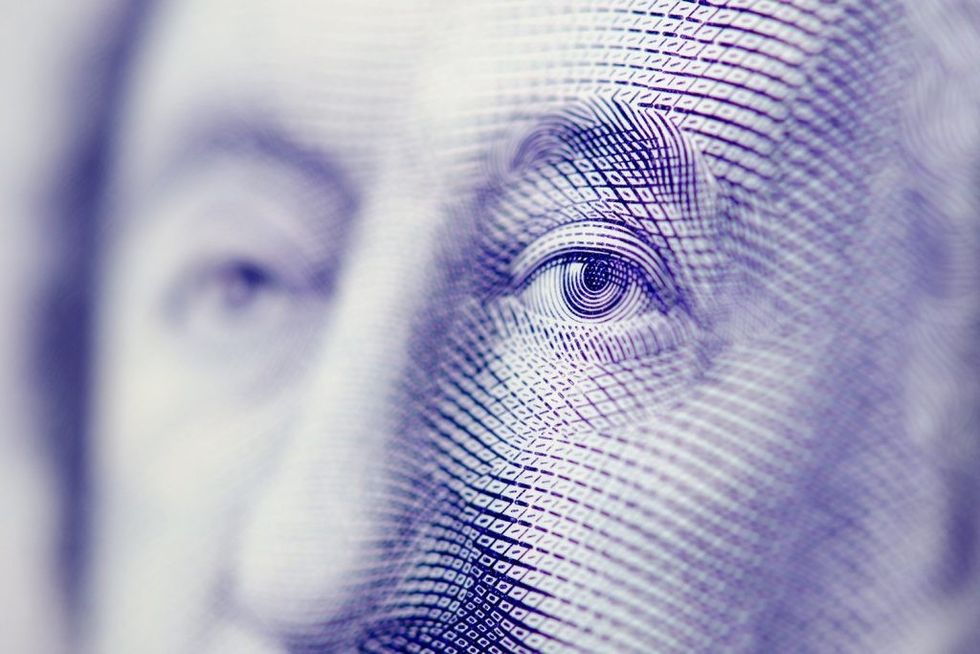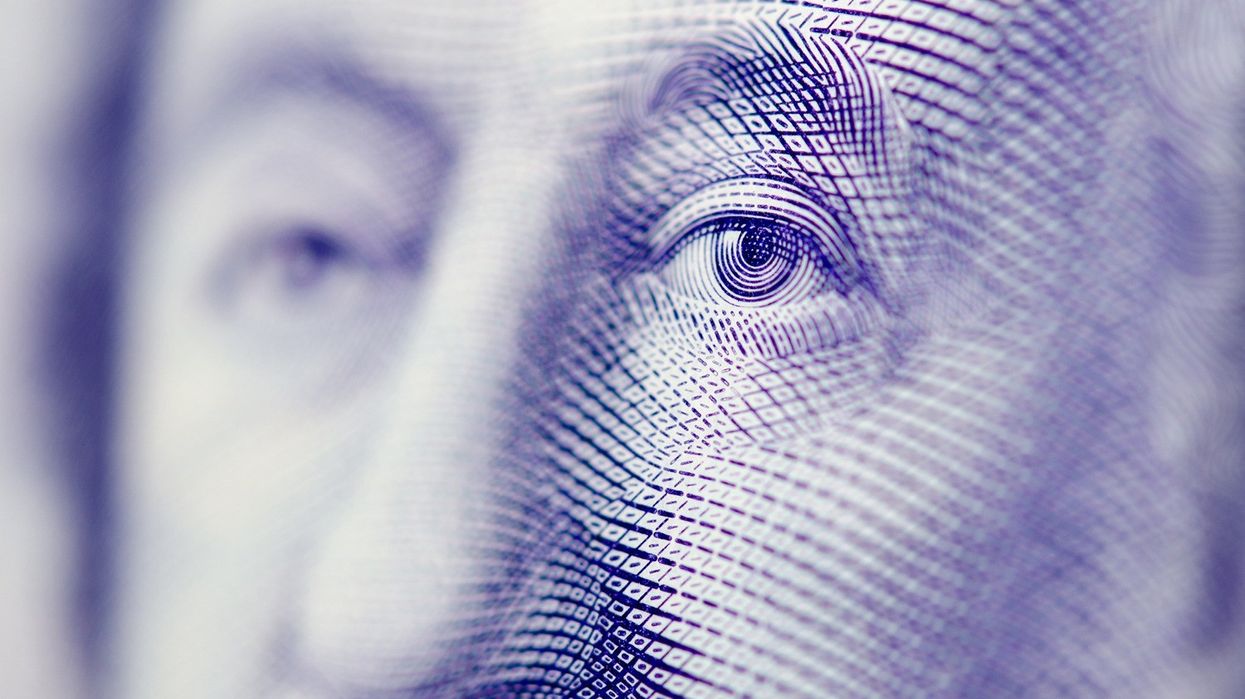
Earlier this year, The Bank of Canada’s (BoC) Stephen Poloz hinted at the idea of negative interest rates to bolster a sluggish economy. It wasn’t likely to happen then, and although there was talk over the summer that the idea might be revisited, it’s still a longshot.
However, with new policy changes coming into effect on January 2017, which could further dampen an already slowing housing market, the negative interest rate may be revisited.
For the past two years the housing market has kept the Canadian economy afloat, along with consumer spending, but it appears Canadians are tiring of spending, and the housing market is starting to show wear and tear.
So what would happen if we had sub-zero interest rates?
Well, when you deposit money into your bank account, you earn interest. If you deposited $100 at a 0.5 per cent interest rate, you end up with $100.50. With negative interest rates, if you deposited $100 at a negative 0.5 per cent interest rate, you'd end up with $99.50.
It’s not a “normal” response to an economic slowdown, but a few countries are doing it—Denmark, Sweden and Switzerland, for example. Although loans may cost less, they may not necessarily be easier to get. And unlike in Denmark, where some banks are paying mortgage holders a small monthly interest payment on their home loans, that isn't likely to happen here.
In an interview with Global News, Carleton University economics professor and monetary policy expert Nicholas Rowe said that lower rates tend to spur more people to go out and spend money. However, the expected result of stimulating the economy may not work among consumers who are feeling spent themselves.
There are two reasons to cut interest rates: to stimulate the economy through increased borrowing and consumption; and to devalue the currency to boost exports.
Again, in an economy where consumer spending is slowing out of sheer spending fatigue, reducing interest rates may not have the desired effect. It has taken longer than expected for the economy to depend less on the oil sector and more on manufacturing, and while growth was expected this year, July brought the worst monthly job losses in five years.
A lot is riding on the federal government’s new stimulus package, aimed at kick-starting a sluggish Canadian economy. In March Prime Minister Justin Trudeau announced the government will run deficits totaling almost $120 billion over six years, offering some stimulus to Canada’s struggling economy.
Only time will tell whether the stimulus will work and whether the idea of negative interest rates gets a revisit.





















